Memories of Mongolia
A visit to this rugged land offers a peek at life from an ancient time, and an eye-opening experience not easily forgotten

AS I LEFT THE OFFICE for a two-week adventure in Mongolia, a colleague couldn’t resist tossing a ribald remark of “enjoy having sex in a yurt!” at me.
These days, my travels are less holiday and more expeditions as I explore the unfamiliar. And so, I find myself in the land of Chinggis Khan, double-humped camels, and the searing orange Gobi Desert, to learn about a little-known people and their culture.
Heart and hearth
My first lesson is that Mongolian nomads live in gers, not yurts. We arrive in the Gobi at midnight after an eight-hour delay because our plane’s take-off slot was hijacked by a mining flight. Mining accounts for 80 per cent of Mongolian exports, so those working in the sector take precedence. Tourism as an industry here is still nascent.

Gers are the round, tent-like structures – basically wooden skeletons wrapped in canvas or animal skins, and secured with ropes of animal hair – that nomadic Mongolian farmers call home. Agriculture is a key industry and the gers’ white silhouettes dot the landscape.
A ger can be set up in minutes. The abode may be mobile but Mongolians follow a set floor plan: The door faces south, and there are sections allocated for the men, women, guests, and the kitchen. In the centre is a stove, the heart and hearth of the home.
These gers are powered completely by solar panels, which generate enough electricity for the families within to run a small refrigerator and a washing machine, watch television, and charge their mobile phones. A lesson for more developed countries grappling with sustainability goals.
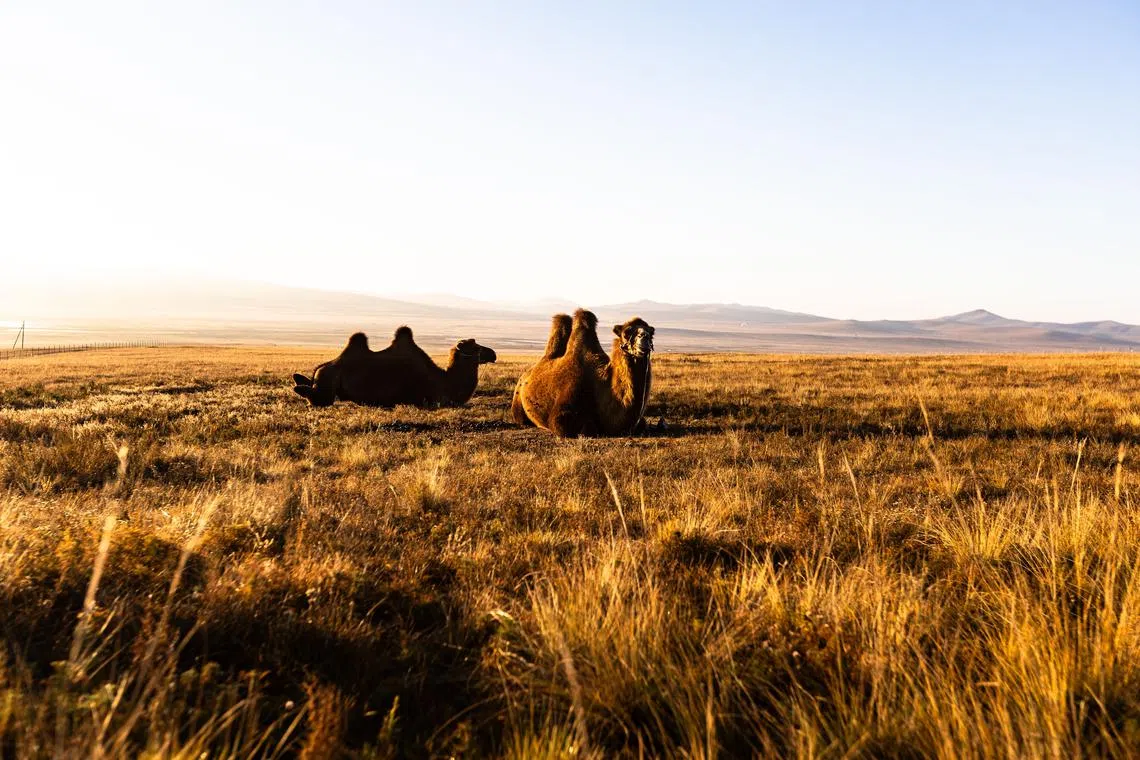
Our ger is the lap of Mongolian luxury, in that it has an en-suite bathroom (in a smaller adjoining ger). There is also hot running water (which sporadically spits out a freezing spray, likely to discourage long showers) and an eco-toilet, into which only biological waste is allowed. It is rustic, authentic and charming. It is also very cold.
On our second night, the electricity supply in the entire province fails, so our hosts install a wood-burning stove at the foot of our bed. Sex in a freezing ger is not an option.
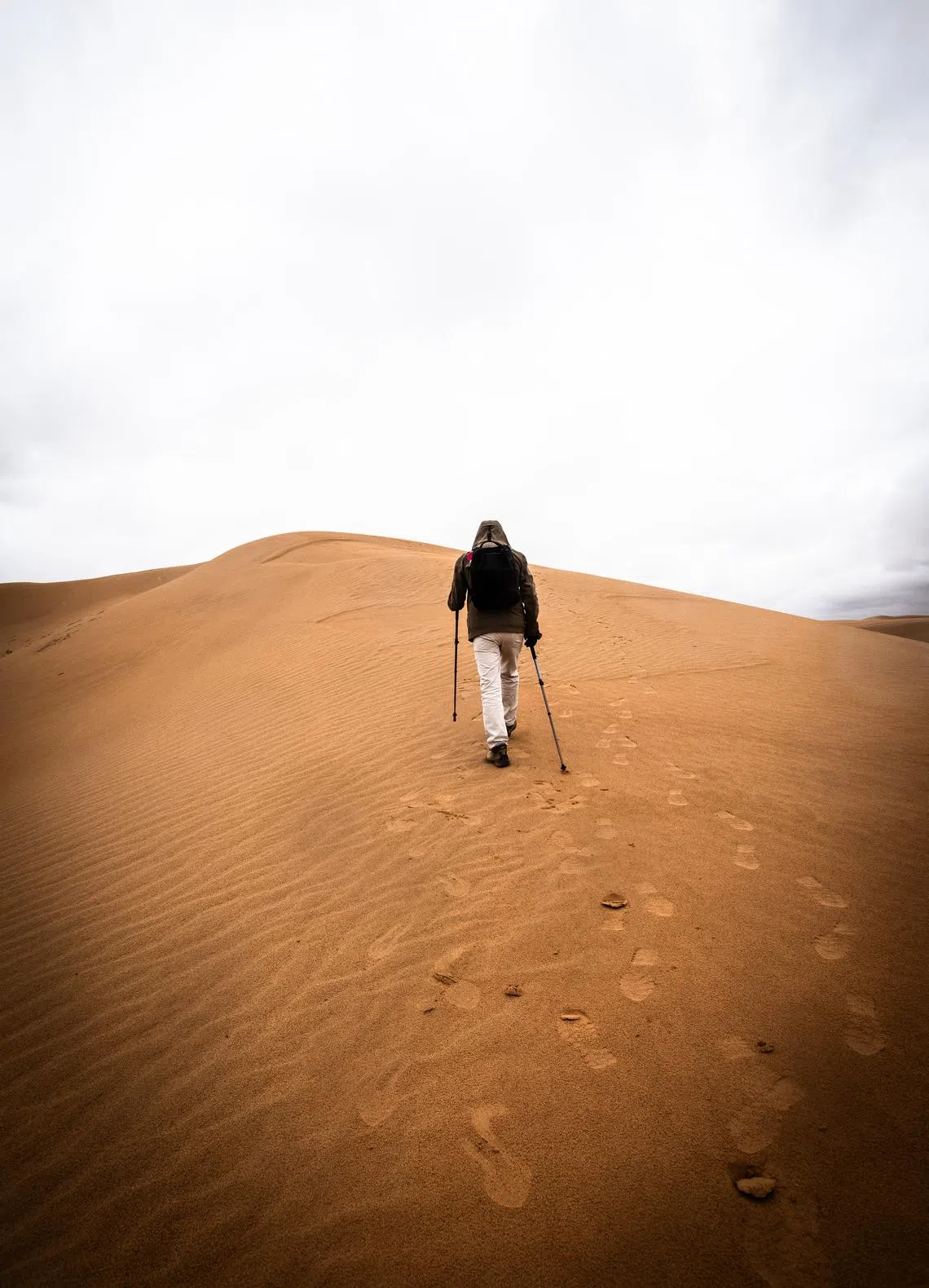
The Gobi is a desert, but there are no unending stretches of burnt orange sand. Our guide scoffs at US film-makers for confusing the Gobi with the Sahara, and misrepresenting Mongolia’s desert. Instead, low vegetation grows everywhere, interrupted by large sand dunes.
The Flaming Cliffs, an outcropping of sandstone where the first dinosaur eggs were discovered, are majestic. But due to unseasonably heavy rain, the desert we experience is green, the shrubs giving off a strong, sweet fragrance. Here, in the middle of the desert, we even find a waterfall.
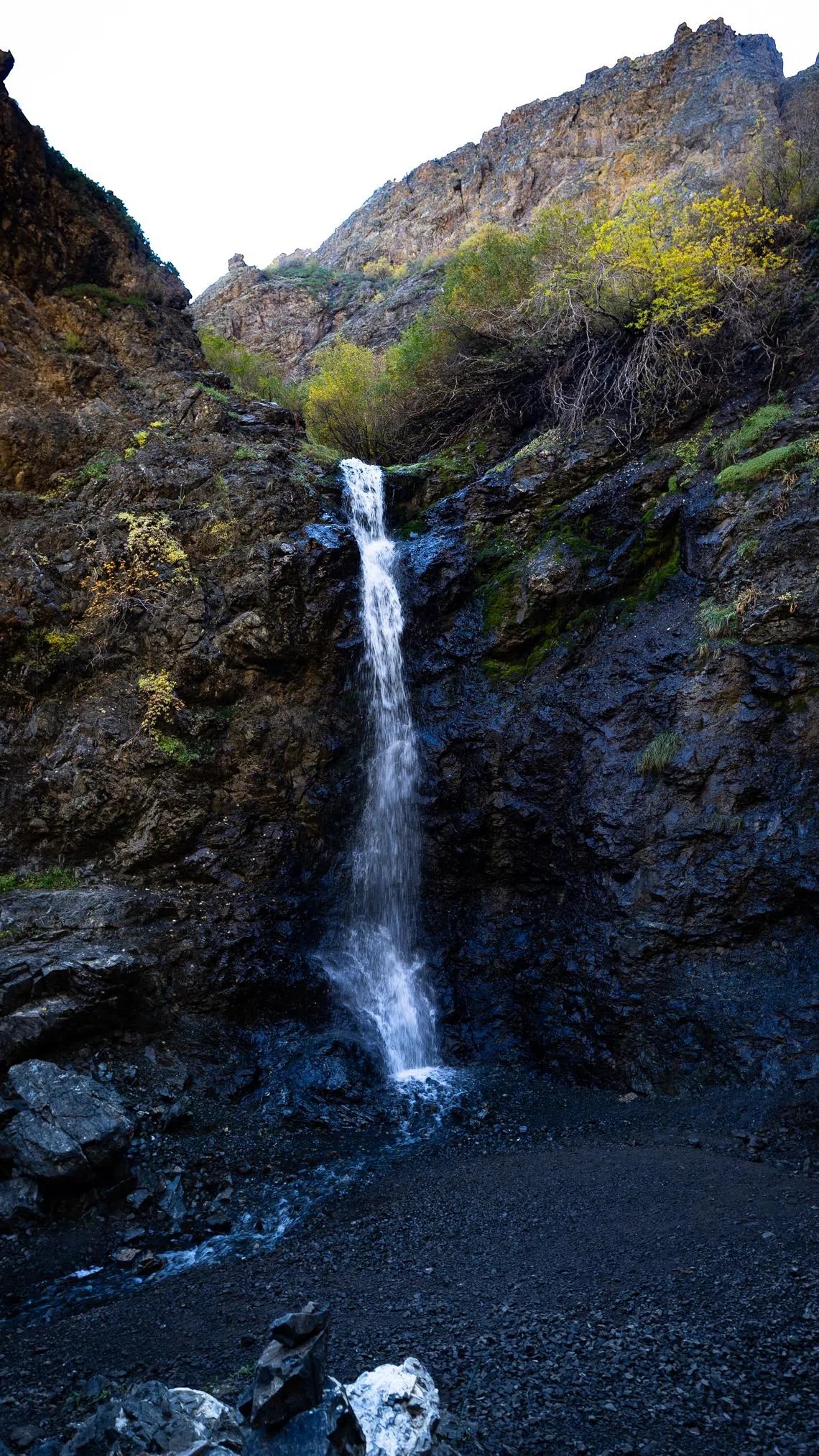
Wild beauty
Our next stop brings us to a lodge near Hustai National Park. In the distance, in every direction, are rolling hills of golden brown. Because you can see so far, and the terrain is so flat, the sky hangs very low over the land.
As the morning mist lifts, two men in traditional attire pass our ger on horseback. They ride standing on their stirrups, as the Great Khan’s army did. Mongolians control their steeds with their thighs, leaving their hands free to steady their bows and fire their arrows.

The national park is where the only still-untamed species of horse, Przewalski’s horse, resides in the wild. Our guide takes us on a journey through the park to spot the creatures, using that age-old formula for finding them by radioing other guides to see where tourists are gathered.
The journey takes us through some stunning landscapes. We stop to admire prehistoric stone sculptures marking burial plots. As I lie prone in the dirt to capture photos, a bemused herd of cows ambles past.
All four seasons
The final stop is Lake Khovsgol to the north, near the border with Russia. One of the world’s largest freshwater lakes, it stretches from sandy beaches and golden-leafed trees on one bank to snow-capped mountain peaks on the other.

It is breathtaking, especially when the sunlight falls on the forest. The lake – watered by melting glaciers – sparkles an emerald green.
We explore the lake in my maiden foray on a jet-ski. The first thing they tell you is to not stand up on it. My jet-ski’s operator is a young speed demon who floors the accelerator, so we spend the entire 45-km journey hurtling through the water. Five minutes into the ride, he signals me to stand up. Apparently, Mongolians ride jet-skis like how the nomadic hordes used to ride horses. It is an exhilarating, if hair-raising, experience.
We land on a beach where resort staff meet us with blankets and a fire built using driftwood. The Mongolian manager tells us that the lake is warm and goads me into stripping down to my swimsuit for a dip. I realise too late that “warm” means differently to a people who live in temperatures below -40 deg C for half the year, and who routinely immerse babies into glacial rivers to acclimatise them to the cold.
The next day, as we climb into our private chartered flight to return to the capital Ulaanbaatar, the ground is covered with a light sprinkling of snow that fell overnight. All four seasons in two days.
Feeding the soul
Mongolia has a population of three million, half of whom reside in its capital. And of this number, about 40 per cent live in shanty towns with no central sewage system. The country is landlocked – sandwiched between fading superpower Russia and a still-ascendant China – and can export goods only with its neighbours’ goodwill, often with tariffs attached. This geography restricts its ability to make the most of its oil and metal deposits.
But it is modern enough, with the traffic congestion and pollution to prove it. Second-hand imported cars are cheap, and most families in the capital own two. However, the modern Mongolian is still shaped by his country’s nomadic roots.
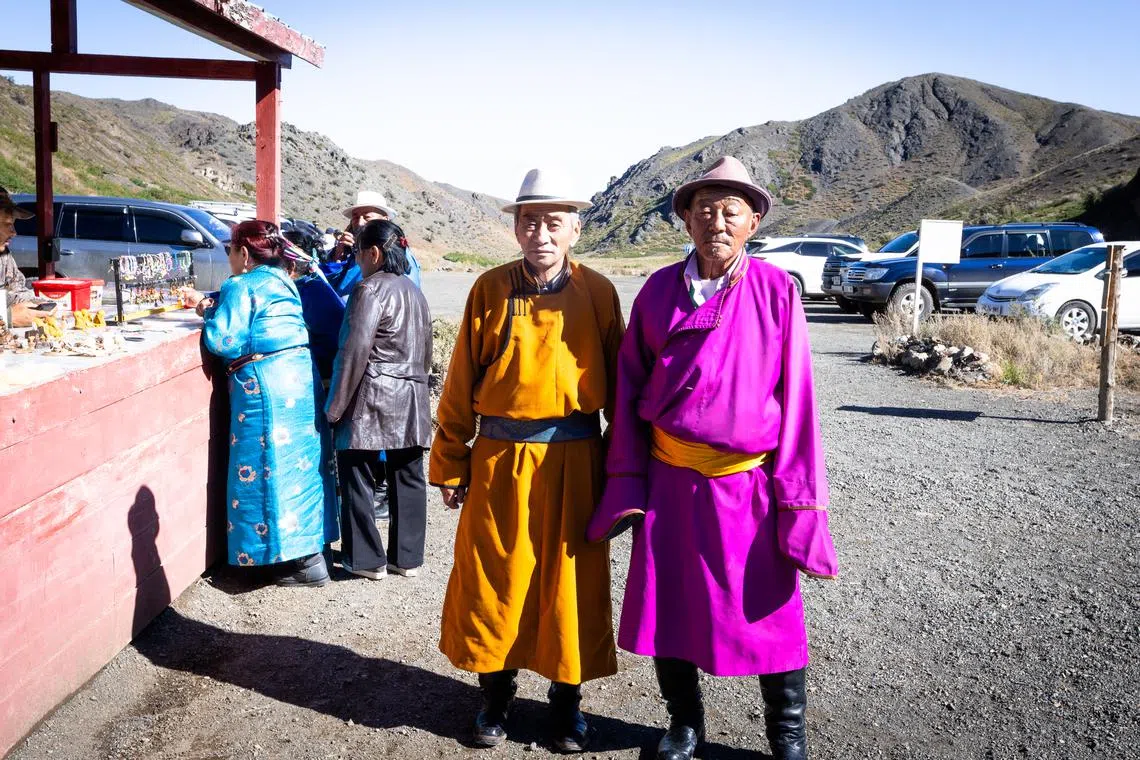
Shamanistic mounds of stone and figures made of unwanted cloth are still used to mark paths. Mongolians are proud of their history and the achievements of their most famous warrior-conqueror. Our guide tells us that Chinggis Khan’s tactics were adopted by the Nazis and are still studied in military schools. When he died, he was buried in an unmarked spot and everyone who attended his funeral was slaughtered so no one could disturb his grave.
Social values are also modern. Children born out of wedlock suffer no stigma, and single mothers are supported by the community. The government gives out national awards to women who have four babies. Some mothers try to achieve the award twice. You wonder how, with so little privacy in their gers.
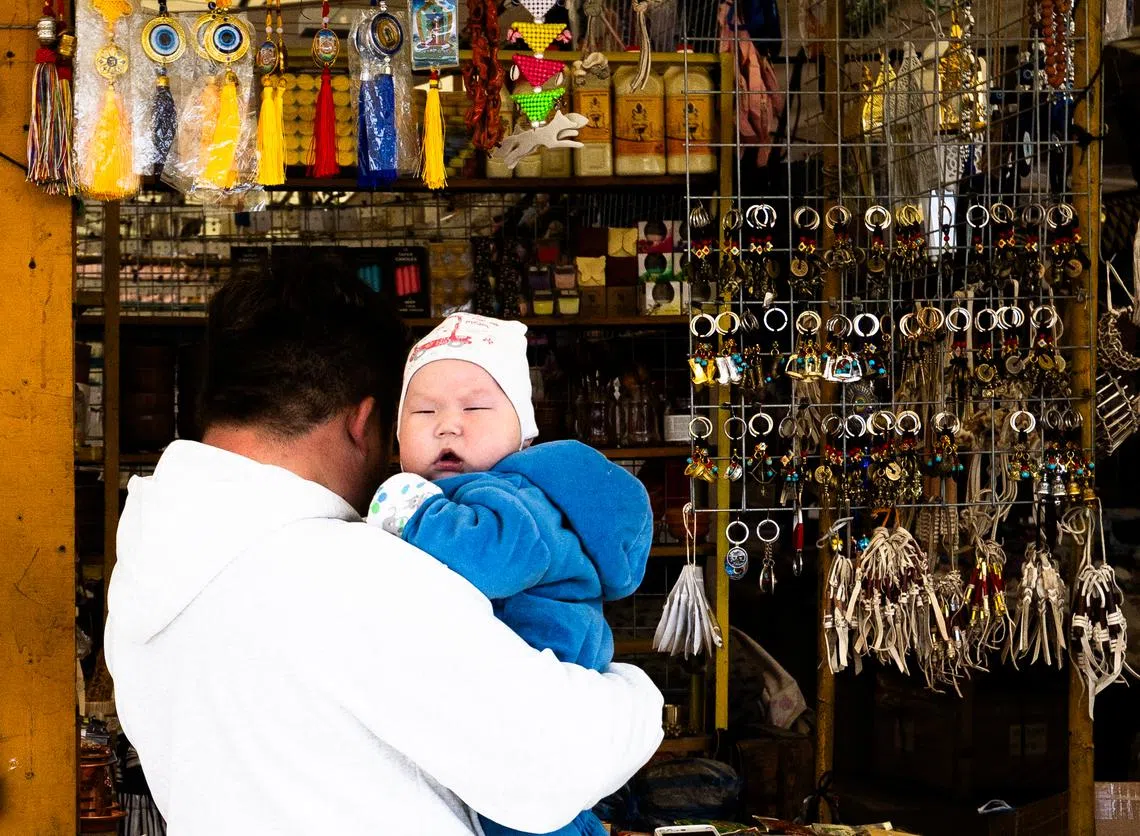
Mongolians are a tough people. They must be, to live in tents and herd reindeer deep in the northern forest in the dead of winter. To keep warm, their preferred drinks are local milk tea (made with ghee) and Chinggis Khan vodka (40 per cent alcohol). Mongolian cuisine is meat-heavy and steeped in oil and sauces.
To visit Mongolia is to peek at what life must have been like in earlier times, and learn about the invader on horseback who created the vastest empire that the world has ever known.
As hordes of Singaporeans take to Japan on holiday, it occurs to me that a sushi meal in Ginza may expand the stomach, but an excursion to Mongolia feeds the soul.
Decoding Asia newsletter: your guide to navigating Asia in a new global order. Sign up here to get Decoding Asia newsletter. Delivered to your inbox. Free.
Copyright SPH Media. All rights reserved.







